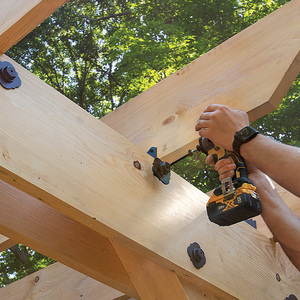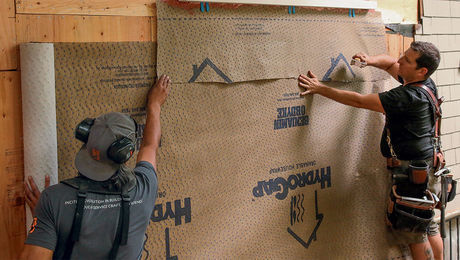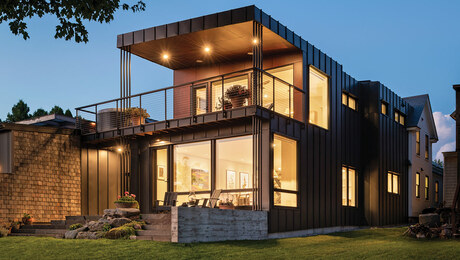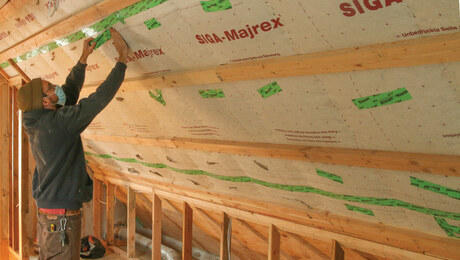Podcast Episode 647: Sealing Can Lights, Porch Conversions, and Redwood Siding
Listeners write in about opera and keeping young by building and ask questions about leaky light fixtures, porch conversions, and installing wood siding.
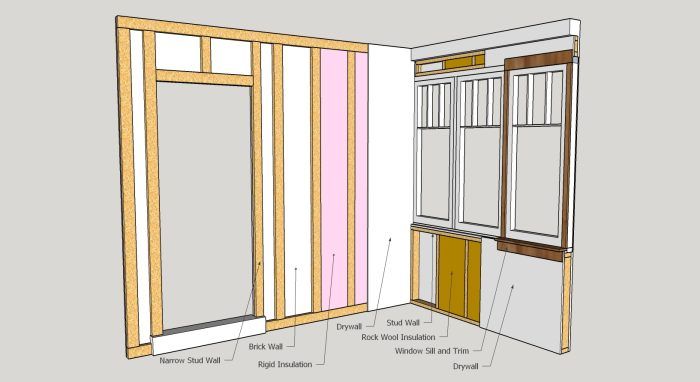
Follow the Fine Homebuilding Podcast on your favorite app. Subscribe now and don’t miss an episode.
 |
Remember, you can watch all your favorite clips from the show on our YouTube channel!
Jeff says to check out opera. Marv suggests building to stay fit. Marc has a fix for can lights. Larry wants to warm the coldest room in his house. Mike asks about the best way to install natural wood siding.
Listener Feedback 1:
Jeff from Brevard, N.C., writes:
Hey Patrick and Podcast Crew,
You may be closer to a good introduction to opera than you realize—classic Bugs Bunny cartoons. My niece plays the viola in the Houston Symphony and was excited to tell me that they recently had a symphony pops concert featuring songs from some of my favorite cartoons including, “What Opera, Doc?” and “Barber of Seville.”
This email may not speak directly to building, but if you had a rough day on the job site and are of a certain age, listening to these cartoons will certainly end your day on a better note with the visions of Bugs Bunny massaging Elmer Fudd’s head.
Hopefully this will encourage you to take in a little culture on your trip to Cooperstown (and kudos to Ian for knowing about The Glimmerglass Festival). Thanks for all your hard work creating a great podcast.
Kind regards,
Jeff

Listener Feedback 2:
Marv from Illinois writes:
Hey guys,
I’m a self-employed accountant, and I’ve always liked to do construction. Your discussion on how old is too old to do construction rang a bell with me.
About 20 years ago, I started volunteering for Habitat for Humanity 3 days a week. One thing I noticed about the regular team I worked with was their ability to do the physical work of constructing a home. As I watched and learned from these guys/gals, I found out they were 50, 60, 70, 80 years old! I was amazed and decided then and there that this is what I wanted to be like in my 80s! I’m 75 years old now, and the only job I don’t do on building a house is standing in the trusses when they are being erected. Along the way I’ve learned to do the following:
|
|
My health is still good and I have no plans for retiring from any of my jobs. They keep my young!
On the subject of Ian and drywall mudding: When I first started mudding, the job took forever. I got sick and tired of it. So I made up my mind to get better at it. I bought new tools: a set of knives, a gizmo to fit onto bucket of mud and pull tape through it, stilts, Columbia Boxes, and a drywall sander. It took several years, but I can now mud a house (1100 sq. ft.) in about 40 hrs. If anyone wants to help, they can fill screw holes. I am the only one that applies mud on seams. Each to his own.
Keep up the good work.
Marv Rockford
RELATED STORIES
Question 1: With the can-light alternatives we have now, namely superthin surface-mount LEDs, does it even make sense to enclose can lights?
Marc writes:
Hi Podcast Crew,
I just finished episode #642, and the segment about the can lights and condensation issues caught my ear. I know the consensus from the FHB team in recent times is to ‘just say no’ to recessed can lights.
If the owner really loves them over other options, however, one other option came to mind from the ‘way back’ machine. FHB once did an article about building a foil-faced rigid-foam box to place over the can fixture in the attic and air-sealing the box afterward. It seems like that is still a viable fix. You could even beef up the insulation around the box to hit a desired R-value. I was surprised none of the contractors thought of it as a possible solution. Thoughts?
The show is awesome, and I love the depth of experience the FHB team, advisers, and guests bring to the show.
Marc
RELATED STORIES
- Safely Sealing Can Lights
- Versatile and Compact Recessed Lighting
- The Science and Art of Better Home Lighting
Question 2: What should be done with the wonky windows in this porch conversion?
Larry writes:
After years of listening to the Fine Air -Sealing and Insulation Podcast, I finally have a relevant question! Actually, it’s several questions, as I embark on insulating half of the back porch of my 1925 bungalow. Some quick background: The back porch is original to the house and is divided in two—one half off of the kitchen with steps leading into the backyard, the other off of a bedroom. The prior owner made an attempt to insulate the half off of the bedroom, but it has always been the coldest room in the house, and I rarely use it. I want to give it another go with expertise provided by FHB magazine and the knowledgeable folks on the podcast.
As you might expect in a 100-year-old home, the porch floor slopes toward the backyard. The windows on the back wall facing the backyard are fine, but those on the side wall show significant gaps (see the photo below). When I opened one of them, the gap was even more obvious (see the photo below). I also can’t see what’s even holding those windows in place! There are no studs or braces under the windows, just the sill plate. Jacking up the porch to make it level is just not feasible on my retirement income, so what would you suggest I do, other than try to seal the gaps somehow?
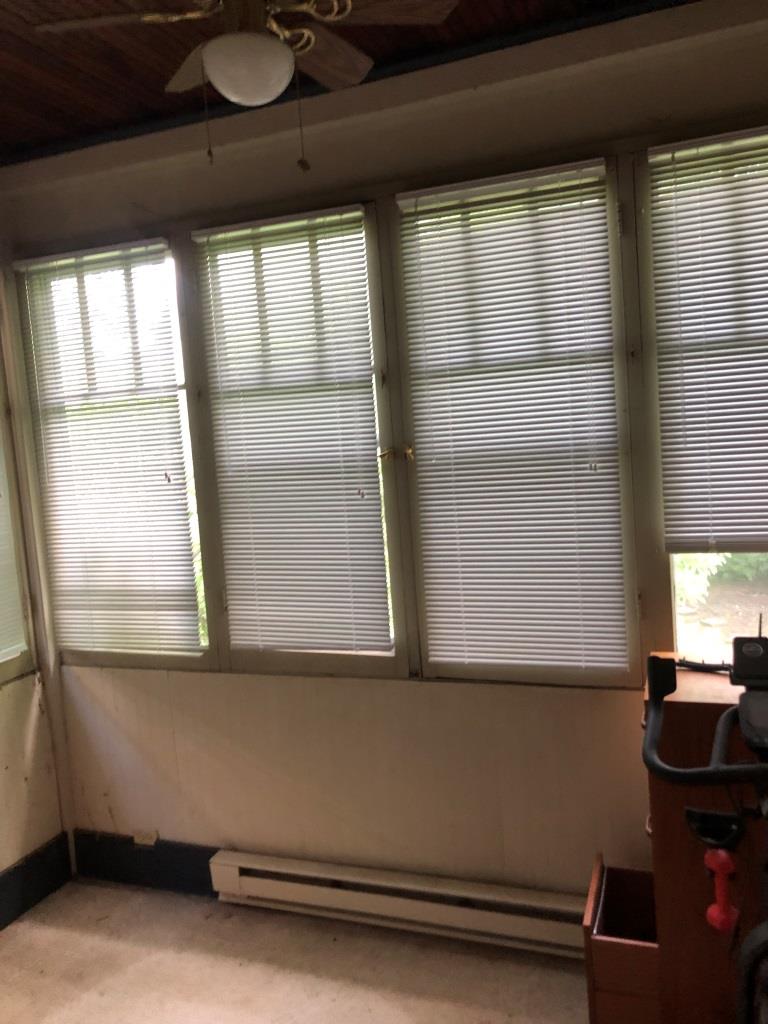 |
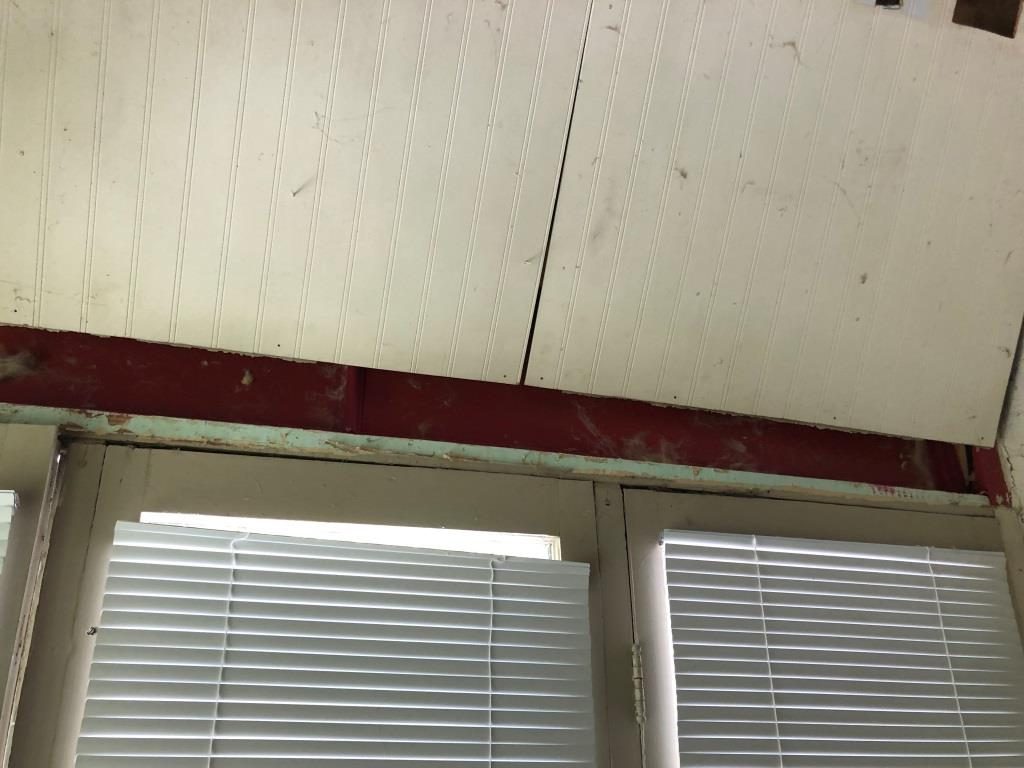 |
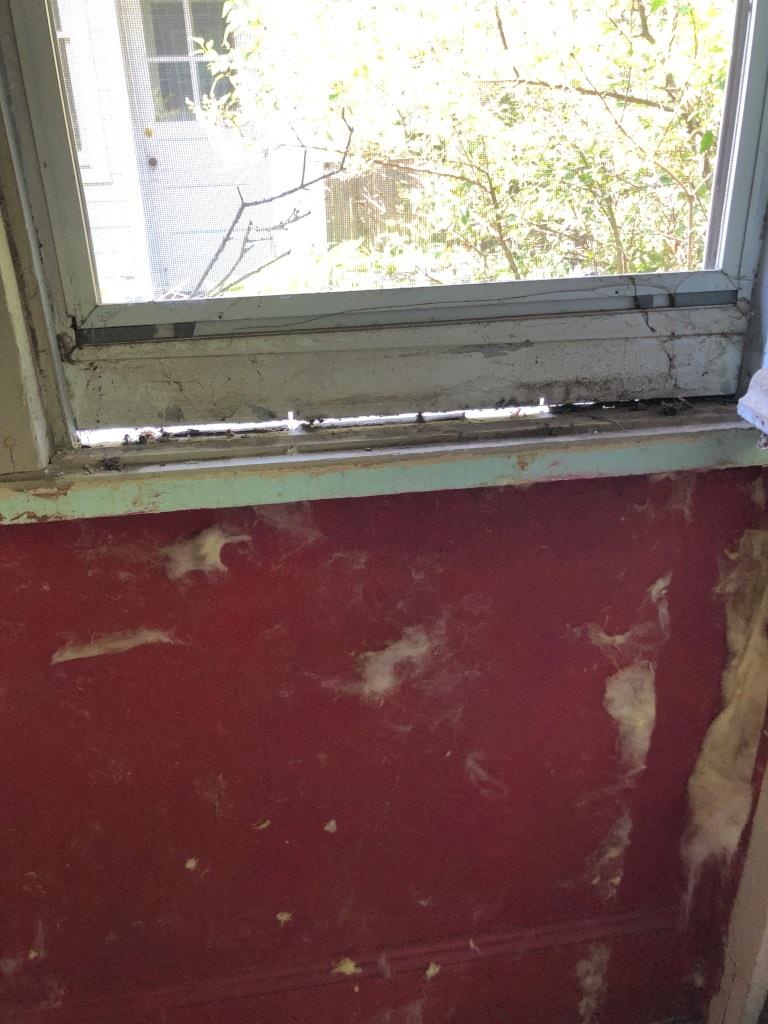 |
RELATED STORIES
Question 3: Is it better to install my siding horizontally or vertically?
Mike writes:
I am looking to side my house with real wood (redwood) siding. I love the idea of horizontal nickel-gap, but I am concerned that water will get sucked into the gap and not drain out, causing premature rot/failure. I am in Upstate New York, and the siding will have a rainscreen behind it, so I am not worried about water intrusion into the house. Am I being paranoid?
The rainscreen makes horizontal siding easier, although vertical siding would drain water better. I prefer the shadow line of nickel-gap over traditional T&G with a V. The siding will be stained on all four sides before being installed. The home is a ranch with 2-ft. overhangs.
Thanks,
Mike
RELATED STORIES
- Tips for Staining and Installing Board-and-Batten Siding
- How to Install Vertical Siding over Rigid Foam Insulation
- Understanding Rainscreens
- Rainscreens for Vertically and Horizontally Oriented Siding
Sign up for a Fine Homebuilding All-Access Membership
Well, unfortunately that is all the time we have for today. Thanks to Ian, Brian, and Andres for joining me, and thanks to all of you for listening. Remember to send us your questions and suggestions to [email protected], and please like, comment, or review us no matter how you’re listening—it helps other folks find our podcast.
Happy Building!








